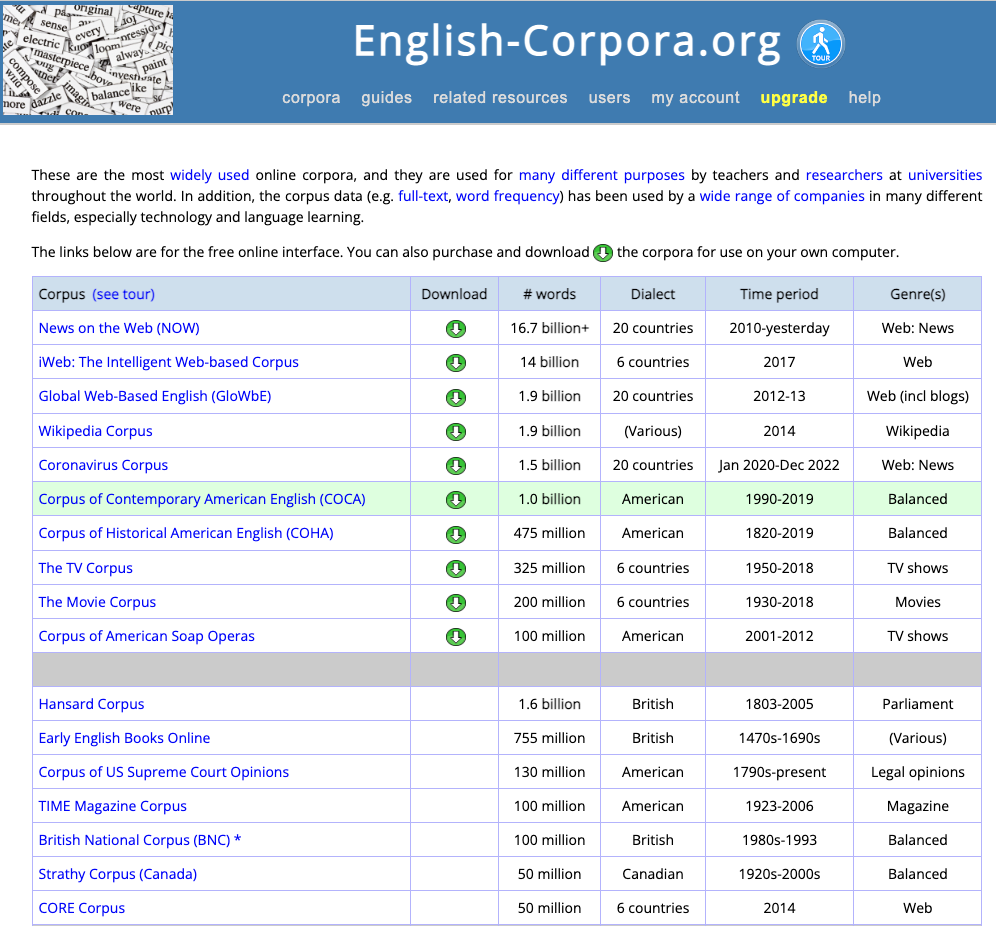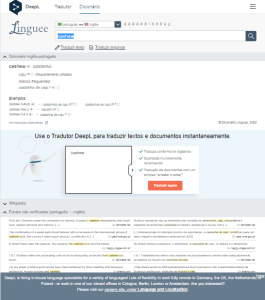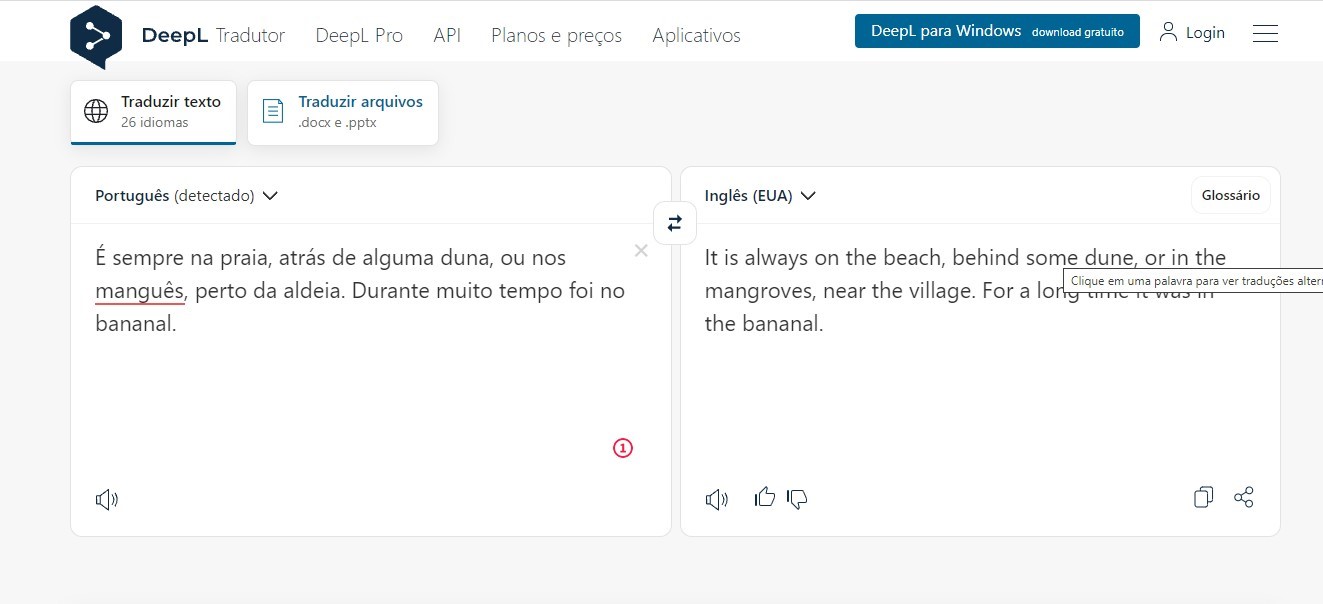Lesson 7 description
Let's talk about Brazilian culture
Talita Serpa
Let’s talk about Brazilian culture!
The lesson Let’s talk about Brazilian culture! was designed for students of the initial years of Languages and Translation undergraduate courses. The goal of this lesson is to use Brazilian culture-related vocabulary in the context of the English language in order to understand the different views that can be developed about this country from translated texts.
Lexical sets are groups of words that are organised according to common properties, e.g., semantic types. Lexical sets normally are extracted from corpora, and they are investigated to establish recurring predicative relations within the domain. In order to introduce learners to a new lexical set about a country that is well known but very little explored in terms of popular and cultural vocabulary and its perspective in the English language, we use the English language corpus of works written by Darcy Ribeiro. Ribeiro is one of Brazil’s leading anthropologists. He was also a famous politician and novelist and has much of his intellectual production translated into English, mainly by Gregory Rabassa and Betty Meggers. Therefore, we used the Ribeiros’s works studied by Serpa in her dissertation Os estudos de corpora na tradução em diálogo com a sociologia da educação: Formação de um habitus tradutório com subsídios de brasileirismos das obras de Darcy Ribeiro.
This lesson is available in hands-on and hands-off formats. The difference between these two formats is that in the first one, learners are required to access COCA – Corpus of Contemporary American English, Linguee and DeepL to search for the linguistic data necessary to complete the activities. The second format does not require learners to access these tools as the linguistic data has been previously selected by the author, and is available to download in the lesson itself.
Regarding COCA, students are expected to be able to use the search option LIST so that they can determine the combinations that can be made with the culturally marked words, as shown in the screenshot below.

Regarding Linguee and DeepL, learners are expected to use them to search for possible translations into their native languages in order to comprehend the excerpts. Check the following screenshots.


Watch Pressbooks Video 9 (YouTube, 3m14s) below to learn more about using COCA, Linguee and DeepL in the context of this lesson.


